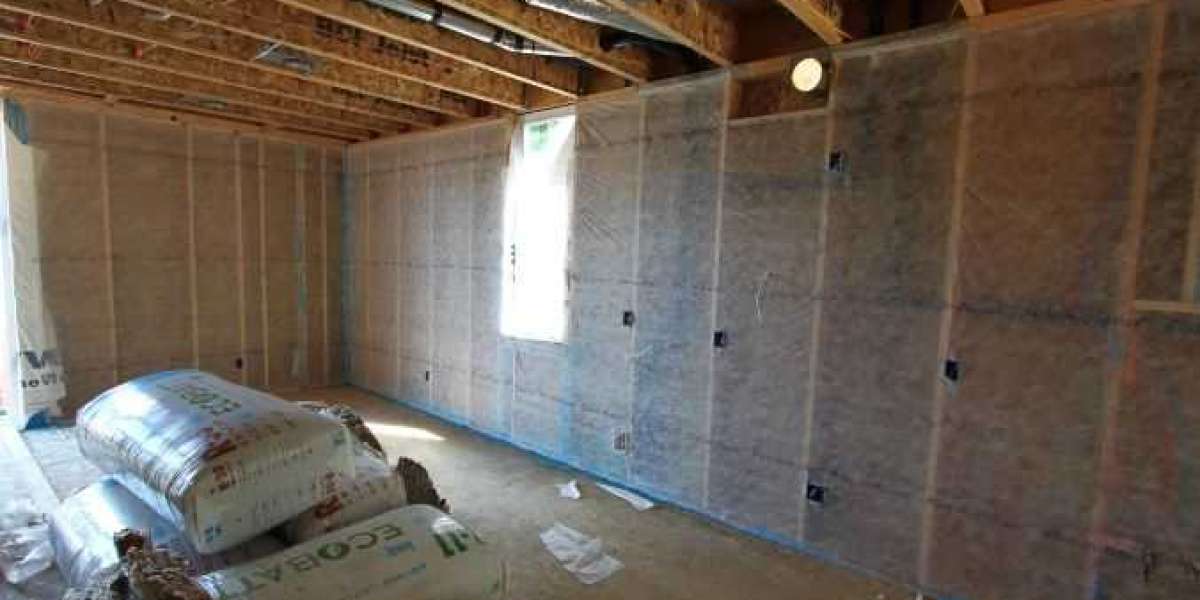When it comes to insulating your home effectively, a blown-in blanket insulation system stands out as a top choice. This type of insulation offers exceptional thermal efficiency and air sealing, helping to maintain a comfortable indoor environment while reducing energy bills. In this comprehensive guide, we'll walk you through the process of installing a blown-in blanket system, ensuring you have all the information needed for a successful installation.
Understanding Blown-In Blanket Insulation System
A blown-in blanket insulation system, also known as BIBS, is designed to provide superior insulation and air sealing. This system uses specialized equipment to blow loose-fill insulation into wall cavities, creating a dense blanket of insulation that conforms to irregular spaces and gaps. This method is highly effective in minimizing heat loss and improving energy efficiency.
Preparation for Installation
Before diving into the installation process, proper preparation is crucial. Follow these steps to ensure a smooth installation:
- Assess Your Space: Evaluate the areas where the insulation will be installed. This includes walls, attics, and any other relevant spaces. Ensure that these areas are accessible and that any obstructions are removed.
- Gather Tools and Materials: You'll need a few essential tools and materials, including a blowing machine, insulation material (such as cellulose or fiberglass), protective gear (gloves, masks, and goggles), and a measuring tape.
- Seal Gaps and Cracks: Inspect the space for any gaps, cracks, or holes. Sealing these with caulk or foam will prevent insulation from escaping and improve the overall effectiveness of the system.
Installation Process
Now that you're prepared, follow these detailed steps to install the blown-in blanket system:
1. Setup the Blowing Machine
Begin by setting up the blowing machine, which will be used to blow the insulation material into the wall cavities. Ensure the machine is properly calibrated and ready for operation.
2. Prepare the Insulation Material
Depending on the type of insulation material used, prepare it according to the manufacturer's instructions. Ensure that the material is dry and free of clumps to achieve optimal performance.
3. Drill Holes in the Walls
For wall installations, drill small holes into the wall cavities where the insulation will be injected. These holes are typically drilled between studs and should be spaced evenly.
4. Insert the Hose and Begin Blowing
Insert the hose of the blowing machine into the drilled holes and start blowing the insulation material into the wall cavities. The insulation will be evenly distributed, filling gaps and creating a dense blanket of insulation.
5. Monitor and Adjust
As the insulation is being blown, monitor the process to ensure that the cavities are being filled adequately. Adjust the flow rate and machine settings as needed to achieve the desired coverage.
6. Seal the Holes
Once the insulation has been fully injected and the wall cavities are filled, seal the drilled holes with wall patches or plugs. This step helps to maintain the integrity of your walls and ensures that the insulation remains in place.
Special Considerations
While installing a blown-in blanket insulation method, consider the following tips to enhance the effectiveness and longevity of your insulation:
- Ventilation: Ensure that the space is properly ventilated during installation to avoid moisture buildup and potential mold issues.
- Professional Help: If you're unsure about any part of the installation process, consider consulting a contractor experienced with blown-in blanket insulation systems. They can provide guidance and ensure a high-quality installation.
Benefits of Blown-In Blanket Insulation System
The blown-in blanket insulation system offers several benefits that make it a popular choice among homeowners:
- Enhanced Energy Efficiency: This system provides a high R-value, which means it offers excellent thermal resistance. This leads to reduced energy consumption and lower utility bills.
- Superior Air Sealing: The insulation material conforms to gaps and irregular spaces, providing a continuous air barrier that prevents drafts and heat loss.
- Easy Installation: Blown-in insulation is relatively easy to install, especially in hard-to-reach areas like wall cavities and attics.
- Noise Reduction: The dense blanket of insulation helps to reduce noise transmission between rooms, creating a quieter living environment.
FAQ
What types of insulation materials are used in a blown-in blanket insulation system?
Common materials used in a blown-in blanket insulation method include cellulose and fiberglass. Both materials offer excellent thermal performance and are effective at filling gaps and providing air sealing.
How long does the installation process take?
The duration of the installation process can vary depending on the size of the area being insulated and the complexity of the job. On average, installation can take a few hours to a full day.
Can I install blown-in blanket insulation myself?
While it is possible to install blown-in blanket insulation yourself, it requires specialized equipment and knowledge. For best results and to ensure proper installation, it's recommended to hire a contractor experienced with this type of insulation.
Is a blown-in blanket insulation system suitable for all types of homes?
Yes, blown-in blanket insulation contractors are suitable for most types of homes, including existing structures and new constructions. It is particularly effective in homes with irregularly shaped wall cavities and hard-to-reach spaces.
Conclusion
A blown-in blanket system is an effective and efficient solution for improving your home's energy efficiency and comfort. By following the step-by-step guide provided, you can achieve a high-quality installation that will provide long-term benefits. For those in need of professional assistance with their insulation needs, consider reaching out to a skilled contractor.
For expert help and high-quality insulation services, contact HH Spray Foam Drywall at (979) 218-6941. They proudly serve areas including Bastrop County, Burleson County, Lee County, Milam County, Travis County, Washington County, and Williamson County, Texas.







